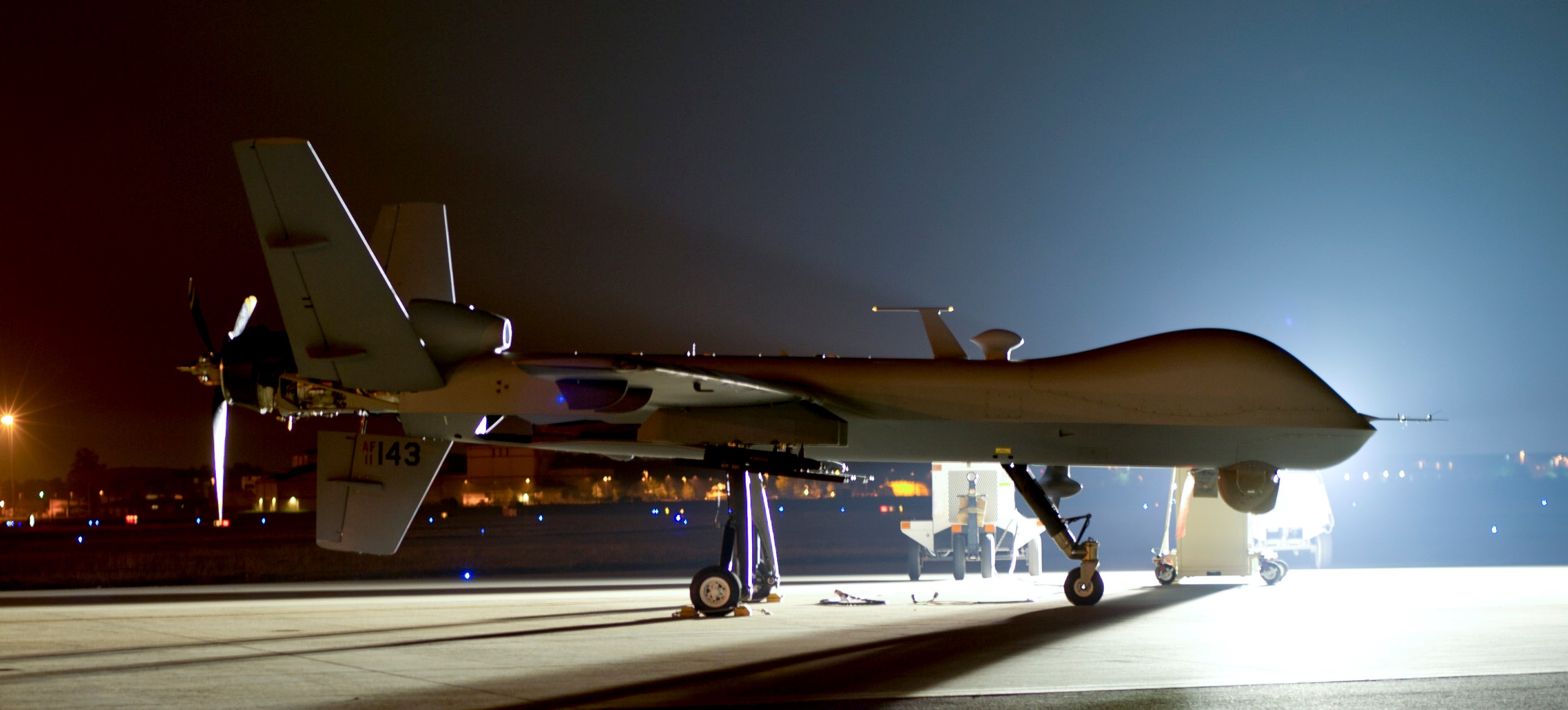UNIDIR Paper: How Drones Can Change Military Practices

As the closing paper in a series on unmanned aerial vehicles, the UN Institute for Disarmament Research (UNIDIR) has published their latest findings on how armed drones affect military practice.
The proliferation of military drones has caused several strategic issues. States have increasingly resorted to the use of drones due to the low risk and low cost associated with their deployment. Already, several states have experienced drone incursions into their territory, resulting in quickly escalating scenarios. In China, the government decried an “invasion of their airspace”, saying it would “protect the country’s rights and safety” after an Indian drone flew into Chinese airspace and subsequently crashed. After a Turkish drone flew into Greek territory, dogfights between Greek and Turkish fighter aircraft ensued. An Iranian drone flew from Syria into Israeli airspace, leading to significant escalation with a bombardment in Syria and the first Israeli jet to be shot down in decades. Despite these and other examples, states using, or looking to use, drones have contended that they are being used similarly to conventional weapons, complicating international discussions on the issues of armed drones.
To find out exactly whether, or how, drones affect military strategic thinking, UNIDIR has carried out a tabletop exercise with a small group of diplomats and military advisers. The participants of this exercise were divided into groups, and were then set up against each other in two separate scenarios: an inter-state conflict, and a complex civil war. In both scenarios, the groups had to decide whether to deploy (armed) drones or not, how to interpret the drone deployment by opposing forces, as well as explain the reasoning behind their decisions afterwards. The discussions afterwards led to several key insights on how drones are changing strategic thinking:
1. States attach different meanings to the use of armed drones: One state can consider the deployment or loss of an armed drone as a highly aggressive move, while another state might consider it a trivial provocation or loss of material. This can lead to misunderstanding and miscalculation during armed conflicts.
2. Because the meaning of drone usage is unclear, states and groups can interpret these actions according to their own interest. Hence, if a state is seeking a reason to escalate, a drone-incursion will be considered as a valid reason to do so, while a state seeking to deescalate might play off the drone-usage as insignificant.
3. In complex civil-war scenarios, neighboring states considered drones as a useful tool to intervene, without risking human lives with boots on the ground or manned aircraft.
Building on these strategic insights, the participants drew several conclusions regarding the current international debate on the use and transfer of armed drones:
1. States may not have prioritized creating standards for the transfer and use of armed drones, because they have not completely considered the consequences that armed drone proliferation will have for international stability.
2. The difference in perceptions underscores the need for dialogue between states on the risks of using armed drones.
This tabletop exercise suggests that drones do have a considerable impact on strategic thinking and military practice. Though this research highlights how uncertainty on how to interpret drone usage can be destabilizing, previous research argued that the low-cost usage of drones could actually be a stabilizing factor. In experimental wargames held at MIT Lincoln Labs and Harvard University in 2017, practitioners had to respond to the downing of either a manned aircraft or an unmanned aircraft. The downing of a drone was met with far less aggression and escalation than the loss of a manned aircraft, suggesting that drones could be a low-stakes way of “carrying out coercive diplomacy”.
What both the tabletop exercise and experimental wargame do have in common however is that unmanned aircraft are not used in the same way as manned aircraft, as military forces have frequently argued. The unique capabilities of drones do change military practice and strategic thinking. It is therefore crucial that states formulate clear policies and engage in open and inclusive discussions, in order to address the risks posed by the use of armed drones to international law and international security .
This was the last paper as part of the German-funded project on armed drones. Previous paper address issues such as the development, transfer, and use of drones, the disruptive developments in drone technology, and the role of armed drones in inter-state crises and conflict escalation. The project was a unique chance for States, experts and civil society to discuss the wide set of legal, ethical, political and military challenges around the increasing use and proliferation of armed drones. The question remains how, with the ending of this project, the UN Secretary General’s Agenda for Disarmament will continue to address these issues, which are included in his publication. States will need to develop and uphold strong international norms on the use of remote controlled violence in order to prevent uncontrolled remote warfare.

